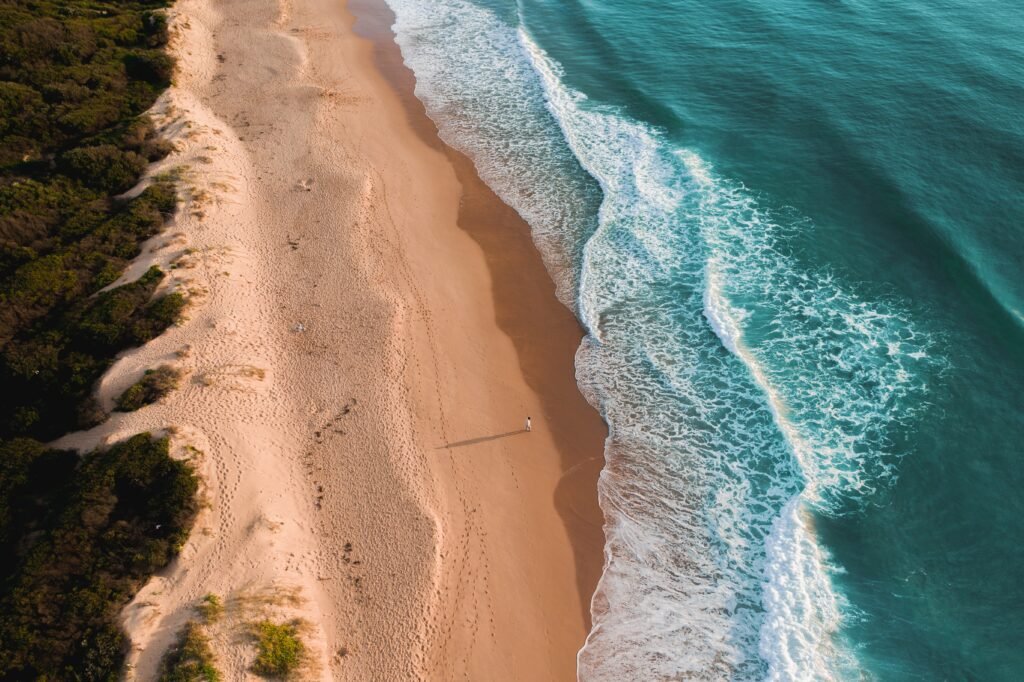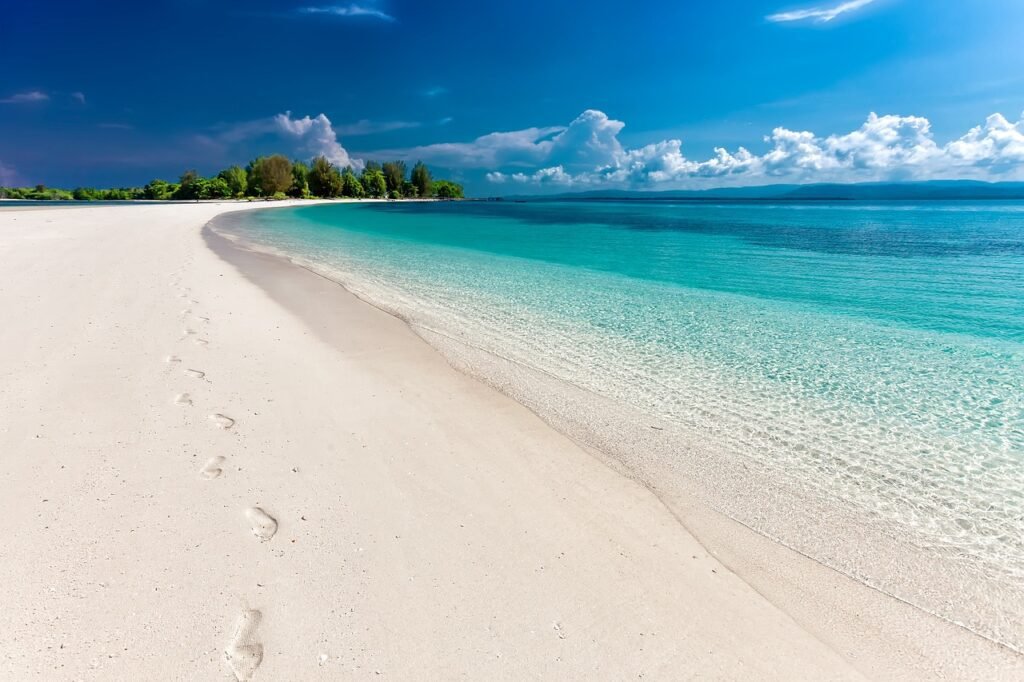The marine dredging industry is digging up 6 billion tons per year, the equivalent of more than 1 million dump trucks per day. This is significantly impacting biodiversity and coastal communities. The new data platform, Marine and Sand Watch, tracks and monitors dredging activities of sand, clay, silt, gravel, and rock in the world’s marine environment.

The new platform provides information on areas used for sand extraction, areas of capital and maintenance dredging, sand trading ports/hubs, number of vessels and operators, and extraction of sediment and other types of activities by countries with Exclusive Economic Zones. The Marine Sand Watch cannot yet detect artisanal and very small-scale mining along very shallow coastlines, despite its intensity in some regions.
The Marine Sand Watch estimates that between 4 and 8 billion tons of sand and other sediments are dredged every year in the marine and coastal environment. The world is approaching the natural replenishment rate of 10 to 16 billion tons per year which is needed by rivers to maintain coastal and marine ecosystem structure and function. This is especially concerning for regions where dredging is more intense and extraction already substantially surpasses the sediment budget from land to sea.

International practices and regulatory frameworks vary widely. Some countries – including Indonesia, Thailand, Malaysia, Vietnam, and Cambodia – have banned marine sand export in the last 20 years, while others lack any legislation and/or effective monitoring programmes.
The report recommended stopping sand extraction on the beaches and active beach-nearshore sand systems for the purpose of mining sand as a resource and establishing an international standard on sand extraction in the marine environment.








